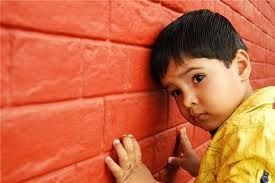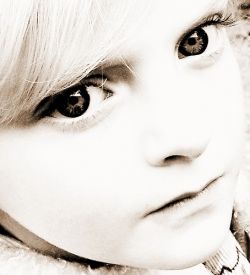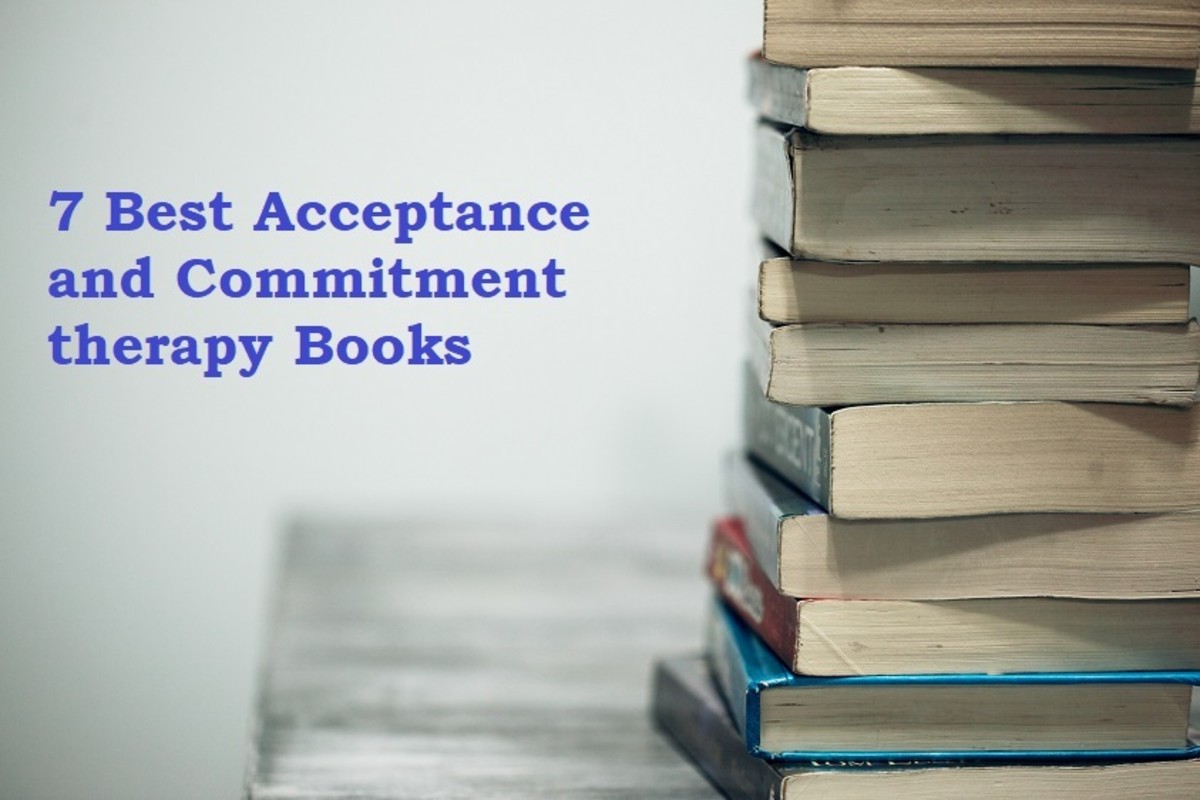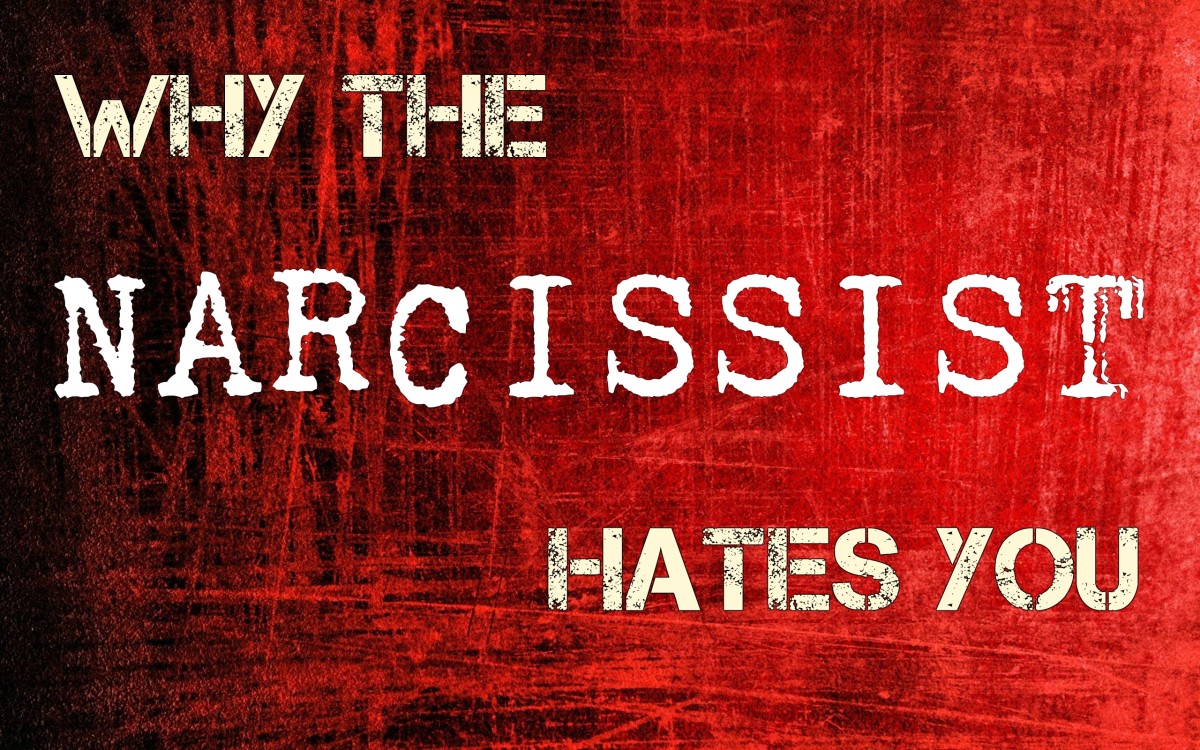How to help kids with anxiety

Chilhood Anxiety
Anxiety is thought to affect around one in ten children, which makes it a very common, if not the most common, childhood well-being issue. The good news is that success rates in treating childhood anxiety are very high and there are many ways that you, as a parent, can help you child to understand and overcome their anxiety for good.
I have experienced first hand a child that suffers from childhood anxiety. This escalated in their teenage years affecting their social life, their self esteem and their academic performance.
This lens aims to share some tips and advice for helping children with anxiety. The techniques of "realistic thinking" and "reality testing" are two of the methods we used to help my children to learn to overcome their anxiety and re-gain confidence in themselves and the world around them.

Symptons of Childhood Anxiety
How To Recognise There Is A Problem
According to statistics, approximately 10 percent of all children will experience some type of anxiety as they are growing up.
Typical childhood fears can change with age. A child might be afraid of the dark, afraid of lightning and thunder storms, afraid of strangers, of animals or being left alone. Kids often fear a specific object or situation after having an unpleasant experience, such as a dog bite or an accident.
Separation anxiety is common when young children are starting school. Then, as they grow older, teenagers may experience anxiety related to social acceptance and academic achievement.
Parents of children with anxiety disorders are often confused. It appears that anxiety or "shyness" is just part of your child's personality, so do we need to change it? Fears are a natural and important part of growing up, so how do you tell when your child has a problem?
It is only when that child or teenager comes to the place where their fears keep them from functioning normally or happily that parents should become concerned.
Avoidance is the biggest clue that anxiety is affecting your child's life.

Ron Rapee - Helping Your Anxious Child
A leading expert in the field of childhood anxiety, Professor Ron Rapee (from Macquarie University in Australia), is the author of the bestselling book "Helping Your Anxious Child" which was co-written with several of his colleagues. I have personally used many of the exercises in this book to help my own children deal with their anxiety and I would highly recommend it as a valuable resource for parents of anxious children.
In his considerable experience, Ron says that the best way of knowing whether your child has an anxiety issue that needs attention is by looking at whether "it affects the way the children are leading their lives. And the main criteria is avoidance - avoidance and hesitance."
Some children might avoid sleeping on their own and consistently end up in your bed. Some will consistently avoid school, despite the fact they are not being bullied, have no learning difficulties and often have loads of friends. Other children will avoid making mistakes and, although they are bright and conscientious, they might do their homework over and over again until it is perfect. Avoidance, most specifically long term avoidance, is a big clue.
Physical signs that a child may be anxious about something may include becoming clingy, impulsive, or distracted, displaying nervous movements, such as temporary twitches, problems getting to sleep and/or staying asleep, sweaty hands, accelerated heart rate and breathing, nausea, headaches or stomach aches.
It is important to remember that children with anxiety may have difficulty in expressing how they feel. Parents must understand that children with anxiety disorders need to be reassured. It is often a mistake to simply tell the child that they have nothing to worry about and leave it at that. Instead, urge the child to express his or her feelings.
If you are unsure as to whether your child's anxiety if normal, or may be the start of something more serious, seek help from your family doctor or pediatrician. A professional diagnosis is often needed in order for the child to get the proper treatment he or she needs. The good news is anxiety disorders are the most treatable mental health condition in children, and early intervention can prevent a lifetime of suffering. There are many treatment options available and children and teenagers can learn to overcome anxiety completely.
Helping Your Anxious Child - Recommended Reading

How Do You Help Your Anxious Child?
Anxious children tend to see the world as a dangerous place, that is, they think differently about certain situations than other people do. Anxious children develop coping behaviours to deal with these fears. This usually involves avoidance or running away from frightening situations. Parents of anxious children sometimes take over for their anxious child, trying to protect them from these worries but, in doing this, they are allowing for those beliefs to stay in place.
Understanding this process will help you to put steps in place to change or alleviate these factors.
There are many strategies for helping your anxious child. I found the following two strategies described by Ronald Rapee to be particularly helpful. They involve " thinking realistically" and " reality" testing.
Anxiety Help at Amazon





Thinking Realistically
Learning to think more realistically is a helpful strategy for anyone. It is particularly helpful for children with anxiety because often they have two main errors in their thinking. Anxious children tend to overestimate how likely it is that bad things will happen (they think of the worst case scenario) and then they assume that the outcome or consequence of this feared event will be unbearable or catastrophic.
For example, Anne sees a friend in the street while you are driving through town. She is excited to see him and waves but he does not respond. Anne immediately thinks "Oh no. He ignored me so he musn't like me. How embarassing. I must be a real loser. I don't want to see him at school tomorrow" Anne feels miserable and can't stop worrying about this event.
Sue calls out to her friend as you are driving through town but he does not respond. Sue thinks "Never mind. He musn't have seen me. I'll talk to him tomorrow". Sue feels fine.
This situation shows how people can have different thoughts in the same situation which causes different feelings and behaviours.
You can help your anxious child to think more realistically by talking about different situations and talking about a positive thought and a negative thought that somone could have about the same situation eg. Someone (apparently) ignoring you in the street, your teacher asking you to give a talk in class or being invited to a birthday party. Point out how the two different thoughts would result in different feelings.
Use "Detective Thinking" to determine the likelihood of an event occuring. This involves 3 steps. The first step is for children to work out what they are worried about. The second step involves gathering evidence about the worrying thought.
In the example above what was Anne worried about? (Not being liked or acknowledged by her friend). What happened last time she saw this friend? (The friend talked to her and seem pleased to see her). What else could have happened in that situation? (Anne could have waved, her friend might have seen her and waved back. From previous experience this is what he would usually do).
By investigating the situation further your child might realise that their worrying thought is not that likely and that a calm thought is more likely.


Using Detective Thinking
Of course there are situations where the worrying thought might be realistic. This is the case for potentially dangerous situations and in those situations feeling frightened is natural and useful.
Anxiety and fear are usually very helpful responses. The human race may not even exist if it were not for these hard-wired responses to danger and threat often called the "fight or flight response". Anxiety and fear provides us with information. That is, they tell us when danger is present and they prepare us to act.
It would be great if anxiety and fear only occurred in situations where we were in immediate danger.
Unfortunately, it does not always work this way. For example, many children have fear and anxiety when asked to speak in front of their class mates or when meeting someone new. These situations are not dangerous in the sense that they don't threaten our survival. Children might feel anxious in these situations because of the way they think about these situations. Our body cannot always tell the difference between real and imagined threat. If we perceive a situation to be threatening our body is going to respond as though that situation is dangerous even if, realistically, it isn't.
Detective thinking is useful for those situations where the worrying thought might be unrealistic or excessive. It teaches children to think about and re-assess the situation and, the third step... is to try and replace the worrying thought with a more positive one.

Reality Testing
Reality testing is about fighting fears by facing fears. This involves helping your child to make a list of frightening or worrying situations or times when they feel anxious. For example catching the school bus, going to school, sleeping in the dark, Mum being late to pick me up, staying at grandma's house or visting a friends place after school. You can rate these on a scale from 1-10 with 10 being the hardest thing to do.
Work out a plan to overcome these fears, not all at once, but step by step. For example - staying at Grandma's house. We could break this down into small tasks as well such as - Staying at Grandma's house while Mum goes to the shops for an hour, staying at Grandmas house while Mum goes for the afternoon, staying at Grandma's house while Mum goes out at night (until late) and so on.
As your child successgully completes each step offer motivation with small rewards. Everyone needs encouragement to do unpleasant things. Rewards do not have to be large, but simply relevant to your child. Rewards do not have to be financial and can include fun activities.
Gradually create new steps for each worrying or frightening situation on the list. Some will be more difficult than others but encourage your child to keep going with the program. There might be some steps that don't go so well on the first attempt but by persisting with the program your child will learn that they can handle situations in which they feel anxious. They might experience a certain level of anxiety but "testing" each situaion will help to reduce the excessive anxiety. Children will learn that, even though they feel anxious, they can cope and they can handle the situation.
There will be times when difficulties arise so remember to choose realistic goals and adjust the program if necessary.
It's a parent's natural instinct to want to protect their child but some methods for "helping" your anxious child tend to less effective than others. Sometimes we are too protective or too directive and want to take over for our child, permitting or encouarging avoidance behaviour, or becoming impatient. I know I used to do that! The more effective strategies include: not allowing avoidance, helping your child to manage his or her own anxiety in a constructive way and reducing excessive reassurance-seeking by ignoring this behaviour.
Repetition of reality testing is the key to long term results. It is fine to repeat steps over and over until your child feels confident in doing it. Look for signs of "I don't really need to practice that anymore becasue it does't really bother me". Respond to difficulties ans set backs by adjusting the program and adding smaller steps if necessary. Remember that "failures' are really just another opportunity to learn.
Help your child to understand that the situation is not really life threatening. I used to ask the question "What is thew worst thing that could happen?" By testing each situation children usually find it was never as bad as they actually imagined and, even though it causes some anxiety, they can handle it.
Help for Anxiety











